- Beranda
- Komunitas
- News
- Ilmu Marketing
Thinking Creatively (SC2)
TS
panzerjaiger
Thinking Creatively (SC2)
C.H.O.I.C.E. Thinking + Creative Prompts
Context / Humanistic / Observational / Interesting / Craft / Empathy
Spoiler for C for Context:

How does your solution fit into people’s daily lives, their routines? How does it inspire people to meet their goals or live their best lives? When people feel a solution is doing more than what is necessary to get by, they react more positively and become more frequent users, increasing loyalty and sales
Spoiler for Prompts:

Re-routing
What would encourage people to take a different route to work—a more scenic or interesting route? What would encourage them to walk or bike part of the way, if possible? Or how could you encourage people to change their morning or evening routines?
Brush, Brush, Brush
What exercise movements could people do while brushing their teeth?
Spoiler for H for Humanistic:

This one is straightforward—is the solution compassionate? Benevolent? Does the solution add to positive things in the world, or does it do harm? When it comes to a brand, entity, or individual, how conscientious, ethical, or humanistic should it be in action and communication?
Spoiler for Prompts:
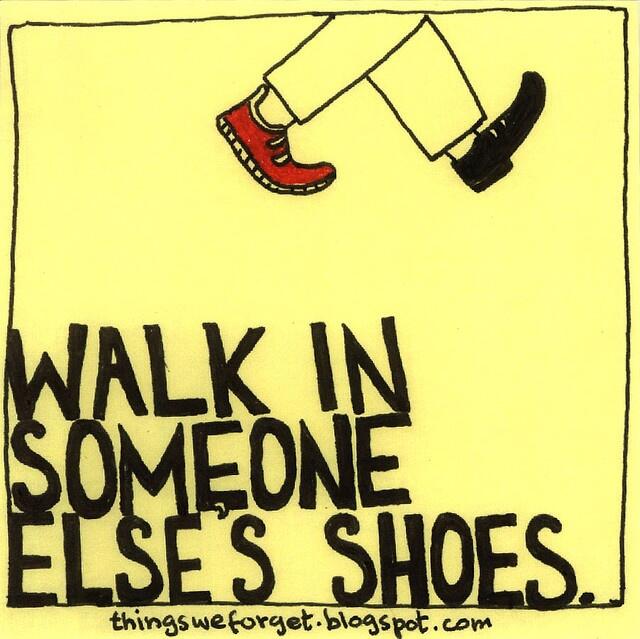
Take a Walk In Someone Else’s …Shoes.
Reconceive an ending to a classic folklore story, fairy tale, or classic
film from a supporting or minor character’s point of view.
Authentic Kindness
What’s one thing a brand or company could do to be kinder? How does it fit
into the brand or entity’s mission, values, and beliefs?
If Only:
If only this brand_____ would_______
I wish this organization would or did________________
Spoiler for O for Observation:
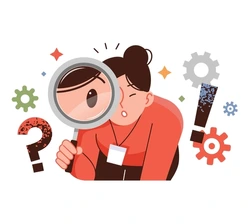
Everything is content.
Pay close attention to things—your environment, conversations, behaviors, motifs—everything that surrounds you.
Spoiler for Interesting:

One more time: Everything is content.
Keeping up with pop culture is essential. Paying attention to pop culture, cultural events, trends, and the news feeds creative thinking. Figuring out how it applies to what your audience is interested in and how they can participate with your brand or entity is what makes it strategic creative thinking.
Appealing to more than one sense offers a better chance of imprinting on someone, of moving someone. Ask, does an advertising, branding, or a design solution excite or engage people’s senses? If you consider the success of a song or the dance challenges that use music, lyrics, and dance on TikTok—a platform rooted in music and dance—to stir people to participate, you can see the appeal of a multisensory approach. With the #eyeslipsface TikTok challenge, agency Movers+Shakers helped beauty brand e.l.f. jump from No. 8 to the No. 2 favorite beauty brand among Gen Z, and the brand experienced eight consecutive quarters of sales growth.
Successful advertising makes use of research, data, institutional knowledge, and strategic insight. But none of those essential elements matter until creativity comes along to bind them into something consumers can laugh with, love
with, or want to live their lives with.
Spoiler for Prompts:
Ambient Thinking
Turn an environment or an object found in a built environment into something else, for instance, a tree stump into a pop-up book or a baggage claim carousel into a roulette wheel.
Sounds & Light
What could you create for TikTok (or another platform that offers sound)
or an event that could offer other sense experiences, such as taste, that you
can’t do in a static digital or print ad or design?
Turn an environment or an object found in a built environment into something else, for instance, a tree stump into a pop-up book or a baggage claim carousel into a roulette wheel.
Sounds & Light
What could you create for TikTok (or another platform that offers sound)
or an event that could offer other sense experiences, such as taste, that you
can’t do in a static digital or print ad or design?
Spoiler for C for Craft:
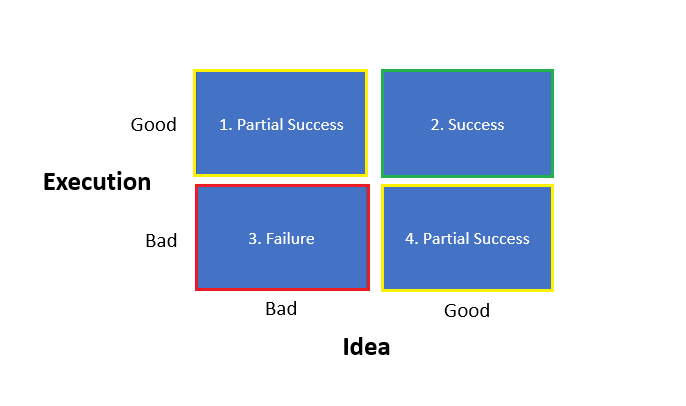
Sal DeVito used categories to evaluate our advertising work in his class. “Good Idea/Poor Execution,” “Poor Idea/Good Execution,” and “Great Idea/Great Execution”. Let’s always aim for the third: “Great Idea/Great Execution.”
Spoiler for Prompts:
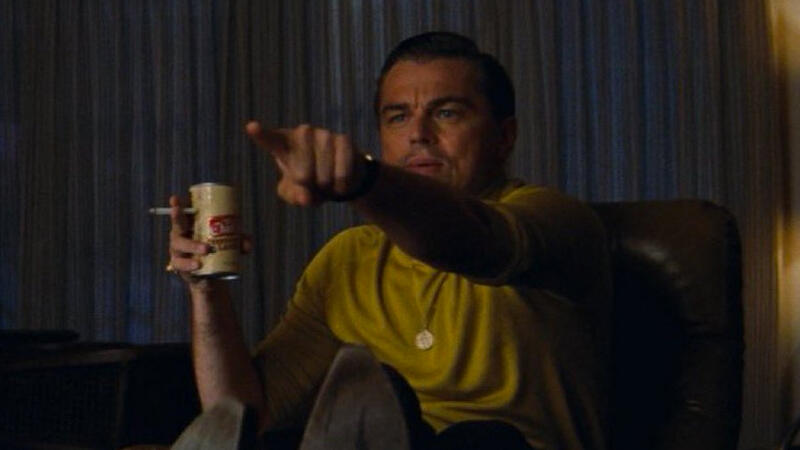
That's a thing
Think of something “That’s a Thing”—a trend, an object, or something people are doing that’s a recent phenomenon. For example: Pizza vending machines. Vegan condoms. No periods after text messages. Extreme squirreling. Doom scrolling.
Hack Pop Culture
Identify something in pop culture that you could hack for a brand or entity. For instance: A meme. Something that happened at the Grammy Awards. The latest action film or the latest film flop. Celebrity relationships. Mock or embrace the musical theater genre.
Spoiler for E for Emphatic:
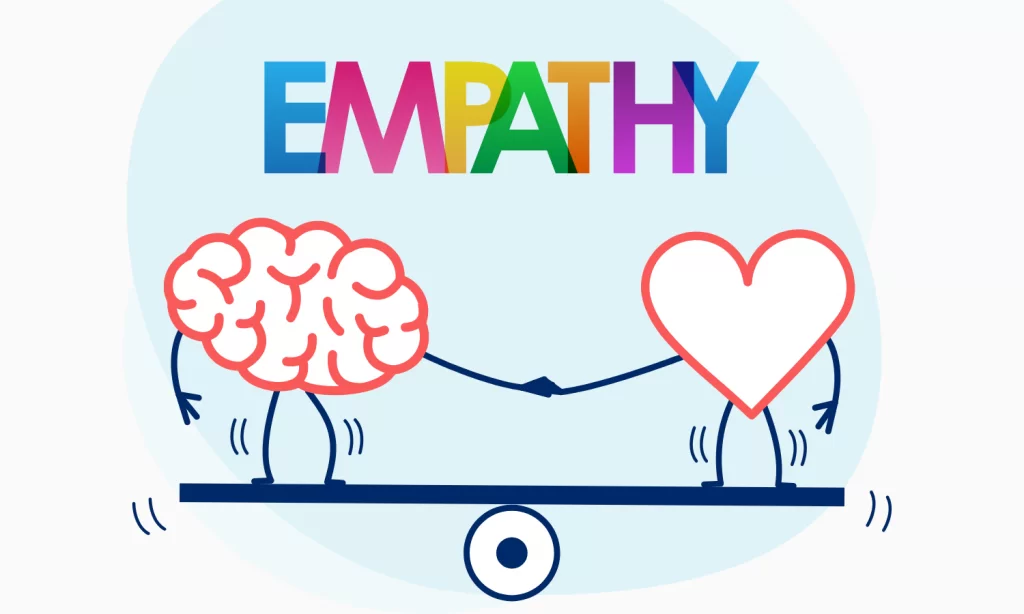
Lead with empathy.
Design thinking—Empathy is a key component of design thinking, a human-centered approach to problem-solving and solution-creation. I invoke Design Thinking here because it’s human centered, starting with a deep empathy of people and an understanding of their motivations, desires, and needs. It is also reflective, intentional, and iterative.
Spoiler for Prompts:
Anti-Valentine's Day
In the US, there are a lot of single people who feel left out or lonely on Valentine’s Day, a day that celebrates couples. To address that, think of an experiential marketing event for singles that would offer a fun thing to do on Valentine’s Day.Tie it to an appropriate brand, if possible.
In the US, there are a lot of single people who feel left out or lonely on Valentine’s Day, a day that celebrates couples. To address that, think of an experiential marketing event for singles that would offer a fun thing to do on Valentine’s Day.Tie it to an appropriate brand, if possible.
Design thinkingis a method of problem-solving that relies on a complex set of skills, processes, and mindsets that help people generate novel solutions to problems. Design thinking can result in new objects, ideas, narratives, or systems. The excitement over design thinking lies in the proposition that anyone can learn to do it. The democratic promise of design thinking is that once design thinking has been mastered anyone can go about redesigning the systems, infrastructures, and organizations that shape our lives.
Aspiration List
Make a list of 10 things you aspire to and 10 things you believe your best mate aspires to as well. See if there’s any crossover. Do you think most people aspire to some of the same things, for instance, achieving a personal best?
Hack: Ask, “What Else Can I Do with This?”
To combat a pattern or an assumed tendency, ask yourself, “What else can I do with this?” It might lead to discoveries.
• What else can you do with a paper plate besides eat on it?
• What else (thing or notion) is as layered as an onion?
• A courtroom: Change the frame.
• Think of a convention and turn it on its head.
• Observe: Watch different people eat a sandwich.
• What would a slacker do? What would a type-A do?
• Could a leaf sub as a paintbrush?
• Tell a story backward (think Harold Pinter’s play Betrayal)
Hack: Ask, “What Else Can I Do with This?”
To combat a pattern or an assumed tendency, ask yourself, “What else can I do with this?” It might lead to discoveries.
• What else can you do with a paper plate besides eat on it?
• What else (thing or notion) is as layered as an onion?
• A courtroom: Change the frame.
• Think of a convention and turn it on its head.
• Observe: Watch different people eat a sandwich.
• What would a slacker do? What would a type-A do?
• Could a leaf sub as a paintbrush?
• Tell a story backward (think Harold Pinter’s play Betrayal)
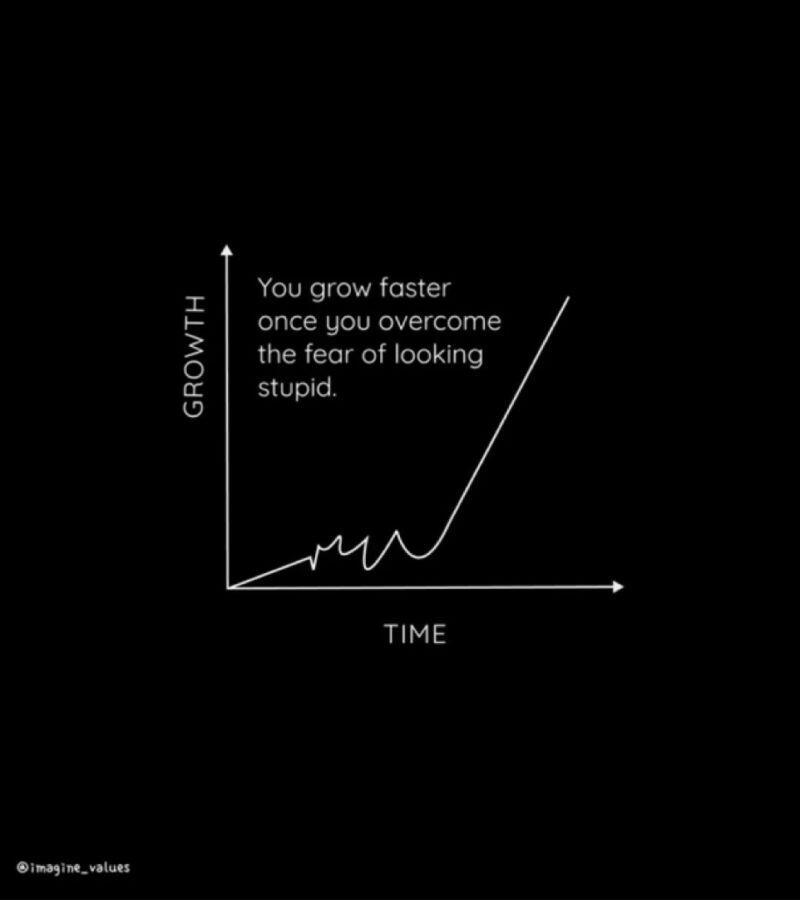
Courage
Some people default to pedestrian solutions because they find them safe, or they fear failure, or they fear appearing foolish for saying or suggesting something divergent. My advice: Carry a pineapple. Everywhere you go. People might stare at you, but you’ll get over the fear of appearing foolish.
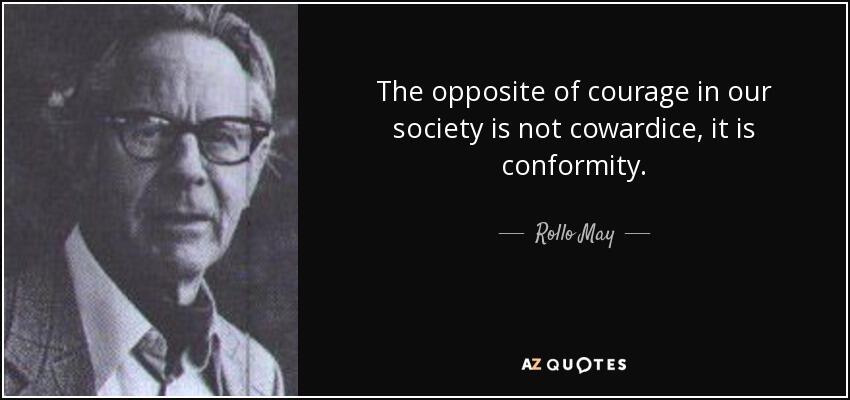
Spoiler for The Strategic Creativity Effectiveness Scale:
1. Negative: This does harm; the solution impacts negatively on people, society, culture, the brand, or entity. Harming the brand or entity can happen in a variety of ways as well.
2. Undistinguishable: No one is going to notice it because it is not differentiated, it is a pedestrian idea, or it is a retread.
3. Not on brand:Misses the brand’s mission or purpose or voice.
4. Not a strategically creative idea: This idea (or lack of) will not build the brand.
5. On brand and purpose but not attention-getting.
6. Attention-getting in the short term
7. Strategic creativity: Builds the brand or entity in the long term. Calls people to action. Changes people’s behavior or thinking.
2. Undistinguishable: No one is going to notice it because it is not differentiated, it is a pedestrian idea, or it is a retread.
3. Not on brand:Misses the brand’s mission or purpose or voice.
4. Not a strategically creative idea: This idea (or lack of) will not build the brand.
5. On brand and purpose but not attention-getting.
6. Attention-getting in the short term
7. Strategic creativity: Builds the brand or entity in the long term. Calls people to action. Changes people’s behavior or thinking.
0
330
Kutip
0
Balasan
Komentar yang asik ya
Komentar yang asik ya
Komunitas Pilihan